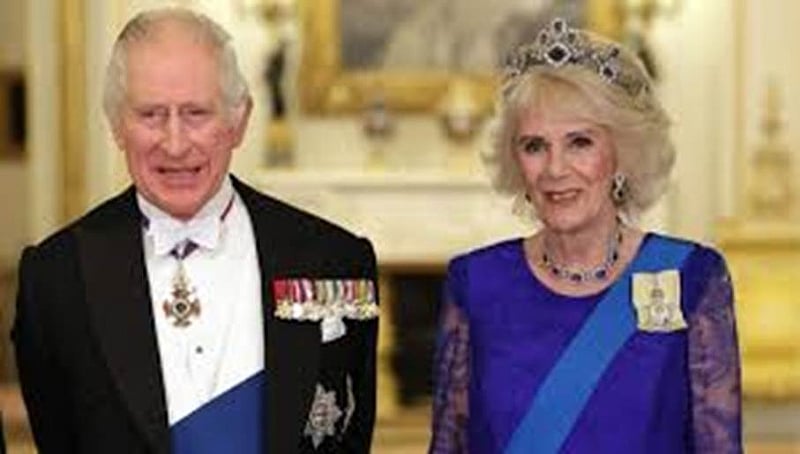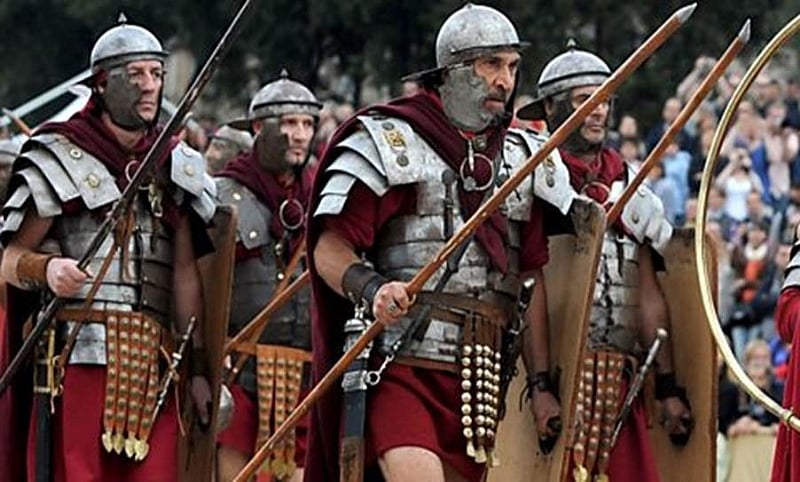There is a recurring pattern in human history, often overlooked in the drama of conquests and empires: the colonised, with time, resilience, and ingenuity, can rise to surpass their colonisers. The story of England and Rome illustrates this perfectly. In the first century AD, England was a backwater of the Roman Empire, a wild and misty frontier populated by tribes the Romans considered uncivilised. Rome, meanwhile, was the commanding centre of the known world – the Eternal City – and the heart of a mighty empire that stretched across continents. Fast forward to the 21st century, and the contrast could not be more striking. London, the capital of England, has emerged as one of the world’s most influential cities – a powerhouse of finance, politics, culture, and innovation – while Rome, though still majestic and historically significant, plays a far more subdued role in global affairs. This shift illustrates an important historical truth: the colonised can, through persistence and evolution, surpass the coloniser in nearly every metric of power and influence.
When Roman soldiers first set foot on British soil in 43 AD under the command of Emperor Claudius, their mission was clear: to conquer and civilise. The Romans brought their language, laws, roads, architecture, and military discipline to what they called Britannia. Londinium, the Roman precursor of London, was established as a modest trading post. The native Britons were forced into submission, their own tribal cultures overshadowed by Roman customs. For nearly four centuries, Rome ruled Britain, extracting resources and enforcing imperial order. To the Romans, Britannia was not a partner but a possession, and one of the furthest outposts of their empire.
But empires do not last forever. By 410 AD, Rome was under pressure from within and without – political instability, economic decline, and relentless barbarian invasions weakened the imperial structure. The Romans withdrew their legions from Britain, leaving behind the crumbling remains of villas, forts, and aqueducts. The once-dominant empire began its long descent into medieval obscurity, eventually splintering and fading from the heights it had once known.
What followed in Britain was not immediate resurgence but a long and painful journey through the Dark Ages. Invaded by Saxons, Vikings, and later Normans, England endured centuries of fragmentation and struggle. However, with each wave of conquest and adaptation, the English developed a unique national identity. They learned, synthesised, and evolved. They built institutions. They cultivated law. They established universities. And, crucially, they learned the language of power, often by observing those who ruled them.

King Charles III and his wife, Queen Camilla
The seeds of England’s transformation into a global power were sown in the Middle Ages but blossomed fully in the 16th and 17th centuries. With the defeat of the Spanish Armada in 1588 and the advent of the British Navy as a dominant maritime force, England began to turn outward. The same small island that had once been dominated by imperial Rome began to carve its own empire – one that would eventually span the globe. From North America to India, Africa to Australia, the British Empire at its height ruled over a quarter of the world’s population. London became not just the capital of England, but the capital of an empire.
What makes this trajectory remarkable is that it reversed the roles so completely. The colonised became the coloniser, and more than that, it built a system of global dominance that even ancient Rome would have envied. Where Rome had ruled through military garrisons and forced assimilation, Britain developed a network of economic, political, and cultural influence that lasted for centuries. It built railways and parliaments, installed systems of education and governance, and exported the English language across continents.
Rome, meanwhile, became a proud city in a divided Italy. For centuries it retained its significance primarily as the seat of the Roman Catholic Church. While Italian city-states like Venice and Florence enjoyed regional power during the Renaissance, a unified Italy only emerged in the 19th century – nearly 1,500 years after the fall of the Roman Empire. By then, Britain was already building industrial cities, dominating global trade, and developing the political models of constitutional monarchy and parliamentary democracy that would shape modern governance around the world.
Today, London stands tall among the world’s great cities. It is a global financial centre, a cultural melting pot, a hub of higher education, and a leading force in diplomacy and innovation. The London Stock Exchange, the BBC, Oxford and Cambridge universities, the Houses of Parliament are all symbols of the city’s evolution and its influence. London sets trends in fashion, music, theatre, and architecture. It attracts thinkers, artists, entrepreneurs, and visionaries from every corner of the globe. It is multicultural, modern, and mercurial.
Rome, by contrast, remains steeped in its glorious past. Tourists flock to see the Coliseum, the Pantheon, and the ruins of the Roman Forum. It is a beautiful, romantic city, full of art and history. But its role in the modern world is not the one it held two thousand years ago. Italy faces economic challenges, bureaucratic hurdles, and political volatility. Rome is still a major European capital, but it no longer commands the kind of global sway it once did. This is not to diminish Rome’s importance, but to highlight England’s astonishing journey from subjugation to supremacy. It is a journey marked not by bitterness but by reinvention. The English, once forced to bow before Roman governors, took lessons from their conquerors and turned them into stepping stones. They understood the power of language, of law, of organisation, of infrastructure – all hallmarks of Roman rule – and adapted them to their own advantage.
The broader lesson is this: domination is not destiny. Colonial subjugation, however degrading, does not define a people’s future. The history of England proves that with time, education, organisation, and vision, the colonised can rise, can lead, and can redefine the global order. It happened not just with England. The United States, once a colony of Britain, is now the world’s most powerful country. India, after centuries of British rule, is today a rising superpower with a thriving tech sector and the world’s largest democracy. Singapore, once a British outpost, is now a global model of urban success.
The story of England and Rome, therefore, is more than a reversal of fortunes. It is a mirror held up to the world. It shows that no culture is permanently inferior. No nation is eternally subjugated. Power shifts. Influence moves. And history always surprises us. It also shows that while colonisation leaves scars, it can never completely erase the agency, resilience, and potential of those it tries to dominate.
The old Roman legions who marched through English hills with shields and spears could never have imagined that one day their distant colony would become the head of an empire far larger than their own. Nor could they have foreseen that Londinium, their small trading post by the Thames, would one day be more globally influential than Rome itself. Yet that is the beauty of human history – it defies expectation.
As the world continues to evolve and new powers emerge, the story of England and Rome reminds us of the potential hidden in every nation, every people, every culture. It tells us that empires fall, but ideas endure. That pride and power are transient, but learning and adaptation last. And that, most importantly, the colonised can always – yes, always – surpass the coloniser.


